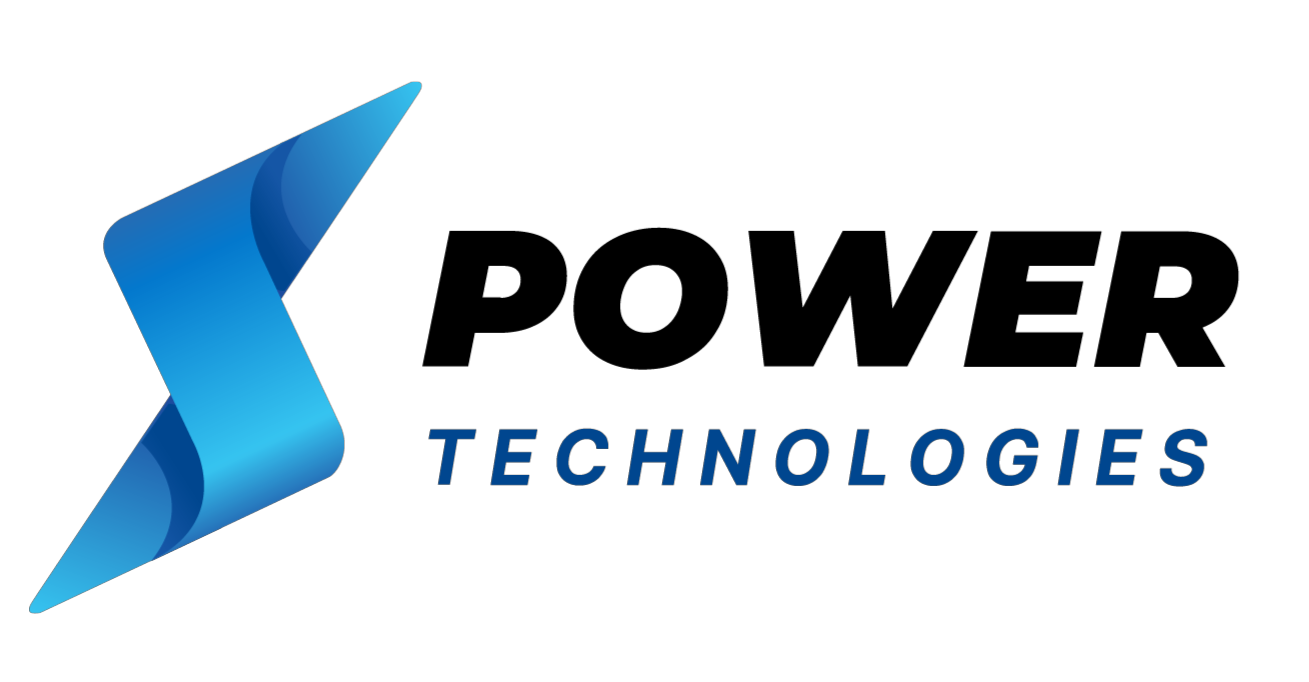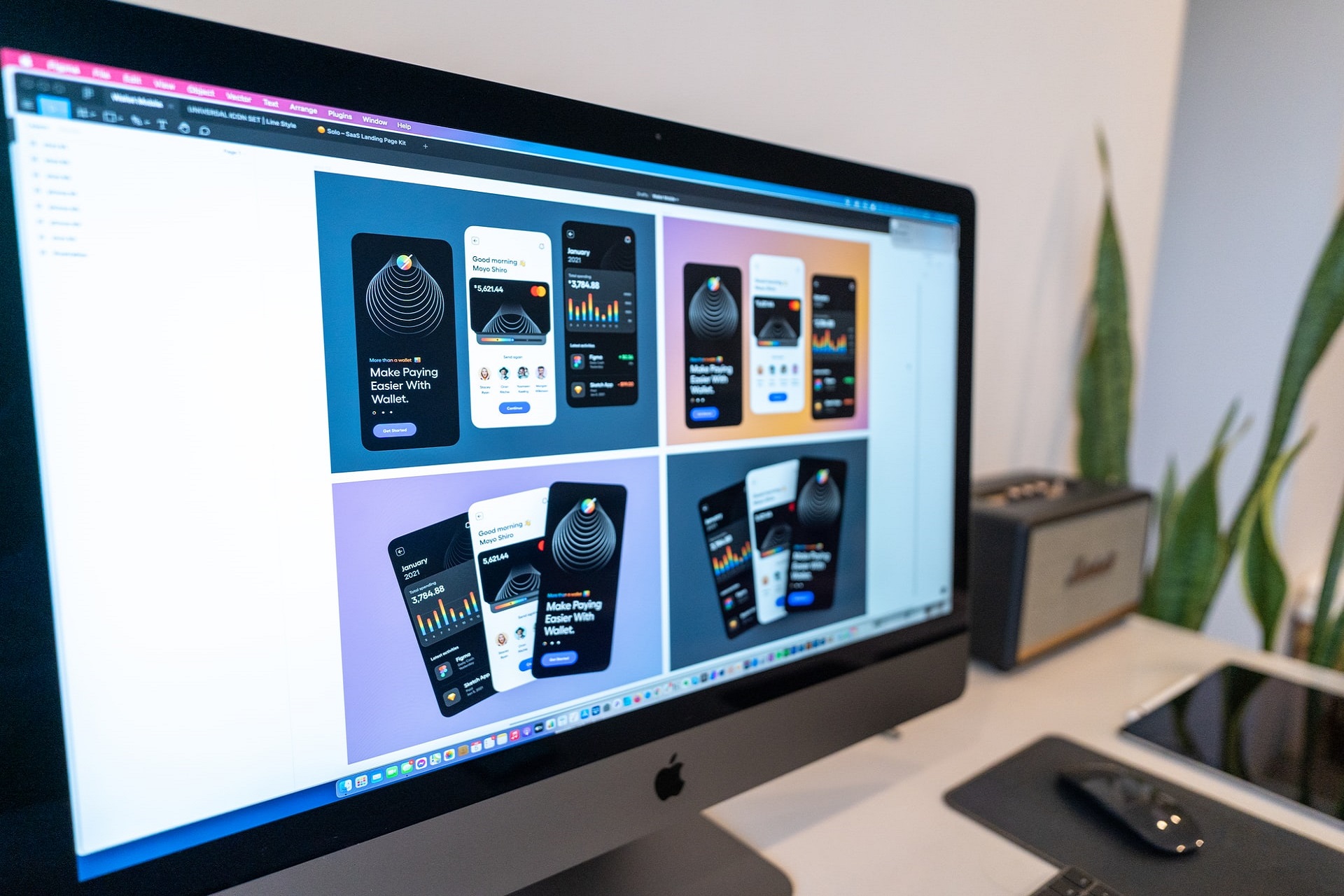In a traditional design environment, the designer gets a set of specs from the client or a project manager and then starts working independently on designing the software’s interface, features, and so on. This phase may be segregated into UI and UX components and different teams or designers might be assigned to the task. Regardless of how it’s assigned, the model itself is structured as independent silos in which the designers work until the designs are ready to be reviewed. This linear approach has a lot of drawbacks, which is where collaborative design comes into play.
What is Collaborative Design?
In collaborative design, the entire model is turned on its head because it involves multiple stakeholders at all stages of software design right until the prototype is approved. In UX design, it translates to an iterative process, with inputs from multiple team members rather than a single designer or a team working in isolation. This holistic approach results in a prototype that is more in line with customer expectations, more amenable to intensive testing, and has a high degree of usability in real-world scenarios.
Weaknesses of Traditional Design
The differences between traditional design and collaborative approach are very similar to those between agile project management and traditional project management for a software application.
- The linear progression of traditional UX design methods doesn’t lend itself to continual and ongoing improvements to the design. In other words, it is not an iterative process but rather a static one in comparison to collaborative design.
- The traditional software development model doesn’t leave any scope for requirements to change mid-project. Though ideal for smaller projects with fewer variables, it is not suited to complex software development projects, which is why iterative methods like Agile and collaborative design were introduced.
- Finally, although the final product may be perfectly aligned to the initial requirements, it may lose relevance as UX needs evolve over time. This means the end product might not offer everything that a real-life user would want, which opens the door to obsolescence even before the product matures in the market.
Advantages of Collaborative Design
In stark contrast, collaborative design is a team effort that’s non-linear and therefore lends itself well to iterations and minor/major changes based on real-world feedback and evolving UX needs. If we need to draw contrasting parallels to the section above, some of the advantages of engaging in collaborative design may be outlined as below:
- The non-linear phases of collaborative design are highly interactive, where multiple project stakeholders offer their inputs and suggestions. Iterative and rapid prototyping is done to ensure continuous testing of new design concepts and logic, and the feedback thereof is looped back into the design thinking process.
- Collaborative design is an open approach that allows for major requirement changes mid-stream. Iterative prototypes are continually created to new specifications based on end-user and tester feedback. As such, it is perfect for any sized project, large or small. Complex designs can be broken down into functional components for quicker turnaround times in terms of designing and prototyping. Testing can be more aggressive when only a single feature or a small group of related features are intensively tested with specific user groups.
- Finally, collaborative design is naturally aligned to evolving UX requirements. In a dynamic landscape where user requirements constantly change to include new features and usability components, collaborative design is ideally suited to the job. What that means is that it translates into relevant products that better meet the needs of the end-user.
How to Implement Collaborative Design
Collaborative design is a deliberate and voluntary choice that starts at the very beginning of the project when contributors to the design phase are chosen and their roles assigned. From there on out, it follows an intuitive process that follows a convergent pattern. That means more people are involved in the early stages but are then whittled off as the project proceeds through the design and prototyping stages. For instance, you may want high-level executives and marketing team members present for the initial brainstorming sessions, but it will quickly escalate to a situation of ‘too many cooks spoiled the broth’ if they stay on for the entire process. In short, get them in early, get them out early.
Another important implementation tip is to validate design ideas and concepts with the frontline teams that are facing real customers. This includes the sales team and the customer service team. They can often add valuable input in terms of the actual real-world needs of the end-user. After all, the end-user is your real and only customer.
The third aspect is to involve a representative from the development team. This helps avoid situations where a particular aspect of design cannot be technically translated into a specific feature or function. Knowing these limitations early on can save a lot of time and effort, as well as reduce conflict during the developer handoff process.
The fourth consideration is the tool you’re using to design and prototype the application. By design, the tool needs to be a collaborative one where ideas can be shared and feedback can be captured in a timely manner. It should also come with a rich asset library comprising components, widgets, UI kits, templates, and design systems. Another desirable aspect is rapid prototyping; the interface should be amenable to fast designs and rapid prototypes that can be put together in minutes for simpler features; moreover, the final output should be a fully interactive high-fidelity prototype rather than a complex clickable wireframe that’s hard to understand and get feedback on. Finally, the platform used should be code-ready for the development team. Although UI code is different from the code that’s actually deployed in the final product, it’s important that the developers be able to view, inspect, and download UI HTML and style code components for all aspects of the design.
Power Technologies – For further enquiries on any of our expertise or services, whether it is for website design & development, mobile application development, or digital media marketing, please feel free to contact or WhatsApp (+6016)-202 1700, email [email protected] or visit powertechnologies.com.my. Thank you.


